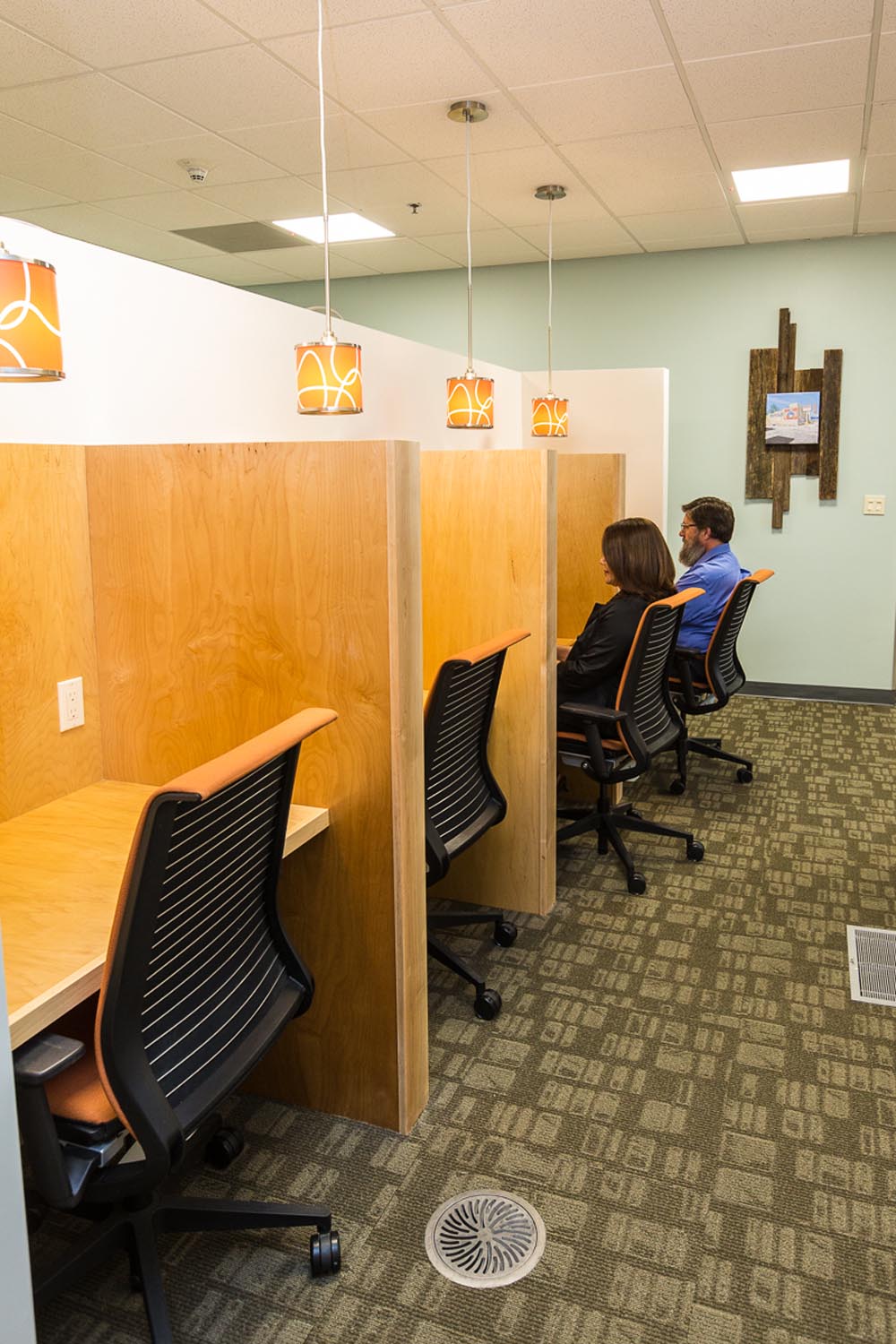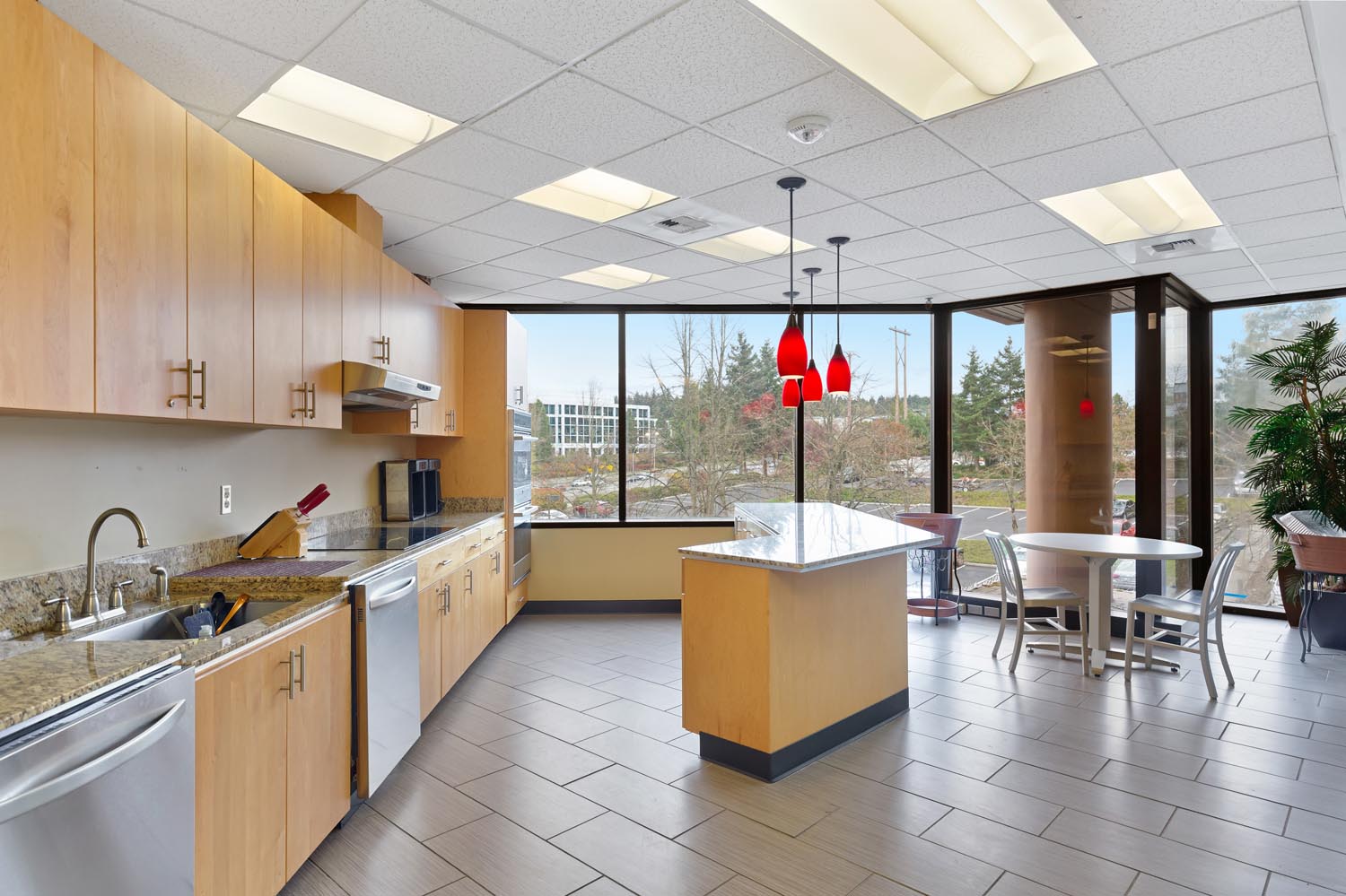
Top Coworking Insights for 2020
Coworking spaces have been trending for years, and the flip of a calendar isn’t going to change that. In 2018, an estimated 2,188 new coworking spaces opened up around the world, and another 1,688 were projected to open this year. More people are giving these alternative offices a try, from freelancers to remote workers to small businesses.
However, like every other industry, coworking will likely experience some noticeable shifts that will play a role in setting the tone, pace, and growth for the future.
Here are some of the top coworking insights for 2020 and why they matter.
Desk Prices Are Dropping
The average desk price for coworking spaces around the world dropped from $205 in January 2018 to $187 by December 2018. The growing number of coworking spaces is helping to drive prices down, which is good news for both those considering a shared office space and those who are already investing in one.
Prices can still vary greatly between locations and companies. Things like amenities, office size, and location will factor into the price. Knowing that affordable office spaces are becoming even more budget-friendly is a major plus for clients.
New Growth Is Slowing
In 2015, there were an estimated 7,805 coworking spaces worldwide. By 2016, that number had jumped to 11,100, resulting in a 42.2 percent increase. For 2019, the growth hasn’t been quite as tremendous. It’s estimated that fewer than 700 new spaces opened this year, even though shared office environments are thriving.
This could be due to the fact that many coworking franchises and companies are focusing their efforts on boosting occupancy, growing their brands, and expanding their existing spaces rather than opening new ones. Roughly 35 percent of all coworking spaces are part of a larger chain (like Office Evolution), which means that the majority of coworking spaces are independently owned businesses.

Occupancy Is Increasing
A 2018 study from DeskMag revealed that coworking spaces are growing each year in terms of size and the number of people they serve. Shared offices average 1.2 members per desk, indicating that companies are trying to fit more people into the same amount of space.
Things are getting crowded, and that’s actually a good thing. The more people are using coworking spaces, the more services and amenities the companies can afford to offer their members.
Focus on Quality Is Growing, Too
Many coworking spaces are starting to turn their attention toward their own brand, and they’re relying on their members to help move them forward. No longer satisfied with accepting just anyone, many communities are putting their members through a vetting process to ensure they’ll be a great fit.
The results have been beneficial to members and the communities alike. Coworking companies can help to reduce operating costs by retaining their members for longer, which can help to reduce rental costs for users. In addition, having the right members in the community doubles as a marketing vehicle that will help to attract like-minded members to the space.
This trend is leading toward industry-specific coworking communities. Ultimately, the users are what make a coworking space unique and effective, so expect to see more companies getting selective about their clientele and the image they want to create.

Users Expect More than an Office
When the concept of coworking first emerged, people were drawn to the idea of having an alternative to the home office or pricey office suite. They were intrigued by the lower price of looking professional while having everything they need for business within arms’ reach.
Now that the trend has had time to catch on, people are realizing that coworking offers so much more than a desk.
The benefits of working in a shared office environment are hard to ignore. They’re helping freelancers break away from the distractions of home and provide them with a professional space to meet with clients. They’re helping small businesses and entrepreneurs better control costs by paying a lower fixed rate per month for office space. They’re allowing startups to scale quickly based on business demands rather than rent spaces that may or may not fit their needs in the coming months or years.
The word is getting out, and these and other benefits will continue to play a powerful role in the growth and utilization of coworking spaces in 2020.
Coworking Spaces Are Finding New Profit Centers
When coworking spaces first emerged, their only sources of revenue were memberships and desk rentals. Most of them offer tiered service levels to generate more income, such as private offices versus an open workspace.
As consumers are expecting and demanding more from their space, coworking companies are rising to the challenge and creating a win/win for both sides. Virtual offices, mailboxes, receptionist services, and meeting rooms are fairly standard. Some of them have taken pages from Google’s handbook and added wellness rooms, rock climbing walls, and on-demand services like showers and mani/pedis.
Networking Is Powerful
Many freelancers and entrepreneurs join coworking communities for the networking opportunities, whether they’re formal events hosted by the company or simply a mid-day chat at the coffee machine.
Being in the coworking space gives users an opportunity to meet and connect with people from a variety of backgrounds and industries, which has proven to be good for business. In a recent survey, more than 40 percent of coworking members stated they pursued a venture with someone they met at their coworking space. At the very least, 52 percent said that coworking has helped them to make friends.
How to Prepare for Coworking 2020
Do these insights make you look forward to using a coworking space next year? More freelancers, entrepreneurs, and small businesses are leveraging the benefits of coworking spaces to save money, focus on their work, and grow their businesses through networking, and the opportunities are likely to increase in the coming year.
Find the Office Evolution location nearest you; it might be exactly the boost you need to thrive.